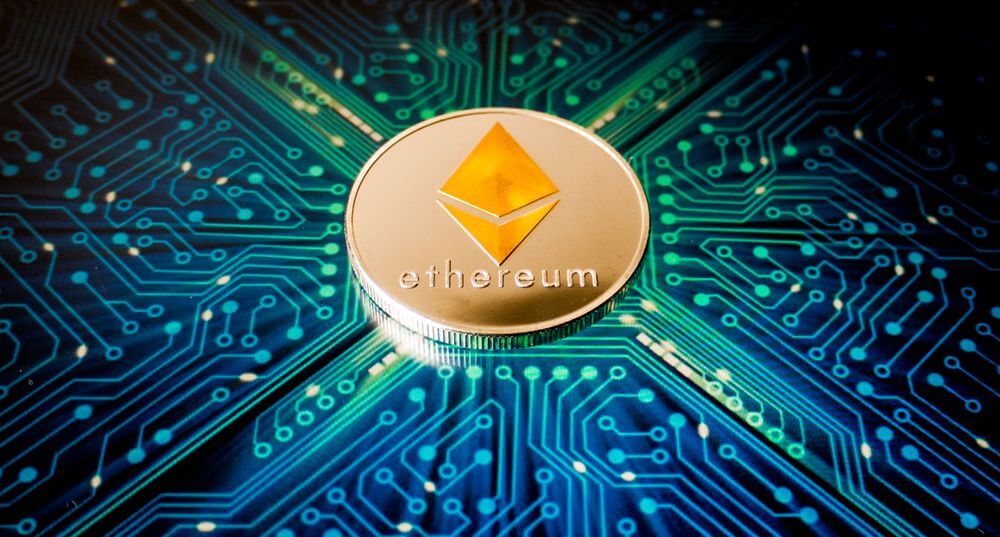
As the second largest cryptocurrency in terms of market capitalization, Ethereum has gone through its fair share of controversy based on recent decisions on how to develop the platform.
On February 28th, Ethereum executed two major upgrades. It is notable that both the upgrades are being put into place on the same block number – 7,280,000. This is due to a security vulnerability that was discovered in the Constantinople upgrade in January.
The Goal of These Upgrades
The goal of the Constantinople upgrade is to bring improvements to the platform in terms of efficiency, which will reduce transaction fees for some types of operations on the Ethereum network. In addition, there is a planned decrease in the block reward for Ethereum, and a delay in the release of the “difficulty bomb”.
Ethereum is planning a switch from Proof-of-Work to Proof-of-Stake in the near future, but to do so, they need to make it impossible for miners to continue to collect rewards. A difficulty bomb would increase the challenge of mining to such a degree that it would be impossible for miners to collect more fees. However, if implemented before PoS, the blockchain would freeze. This is why it was put off for the time being.
St. Petersberg is meant to delete EIP 1283 from Ethereum’s test network, after it was revealed there were some security holes in the Ethereum Improvement Proposal.
Support from major cryptocurrency exchanges makes it more likely that the improvements are implemented without a hitch. Coinbase and Kraken came out in support in January, and Binance, OKEx, and Huobi had previously voiced their support for the updates. Right now, not all nodes running the Ethereum client have begun to run the upgrades, but support is increasing and issues aren’t seen to be forthcoming.
These upgrades represent the sixth and seventh system-wide upgrades implemented. They are named Constantinople and St. Petersberg, and are “hard forks”. This means that once they are implemented, past versions of the blockchain will be incompatible.
Asking a global user base to make two changes to the code at once is a big ask, and could have potentially resulted in some major issues. This is why it was important for major exchanges to come out in support. The actual upgrades won’t be perceivable to many users, and are more about a maintenance and efficiency upgrade rather than noticeable feature changes.
A Macro Shift
One group who will be significantly affected is miners. The block reward has been lowered from 3 ETH to 2 ETH – therefore receiving the name “the thirdening” – which changes the economics noticeably. In the future, mining of Ethereum will be fully discontinued, so this is not only a frugality measure, but also the beginning of a healthy transition.
The last few months of Ethereum news have been dominated by talk of Constantinople and St. Petersberg, which has left the whole community tired of this talk and ready to advance further. The dev community is already planning out the next few upgrades and it would be great if we could move to that point sooner than later.

